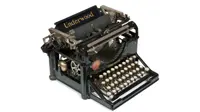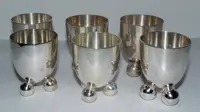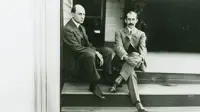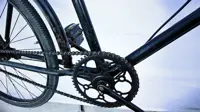Economic history – the Roaring Twenties – Part 2
By Kiron Kasbekar | 29 Feb 2024
-wiki.jpg)
In the first part of this story, ‘The Roaring Twenties- Part 1’ we saw how the American and Western European economies bounced back from the devastation of the First World War, created revolutionary new products, such as remarkable new automobiles and aeroplanes, and how road networks were expanded.
We saw in Part 1 of this series how the aviation industry captured the imagination of the public as moving from city to city and country to country became nearly as easy as going from one end of town to the other. Now there were new experiences for people to enjoy in their homes.
Great convenience
Advances, such as assembly line production, pioneered by Henry Ford, were used not just to make cars but also to launch a range of consumer durable goods more affordable and accessible to the masses. And some very new services were launched, which people could not have imagined before.
Products that had been launched earlier got a big boost in this decade. These included refrigerators, which could keep food from going bad for days, and cans, which preserved food for months and were a big convenience as well as a means to reduce rotting and wastage.
Radio sales shot up, and the entertainment industry received a big boost. Music, dance, and cinema grew as never before.
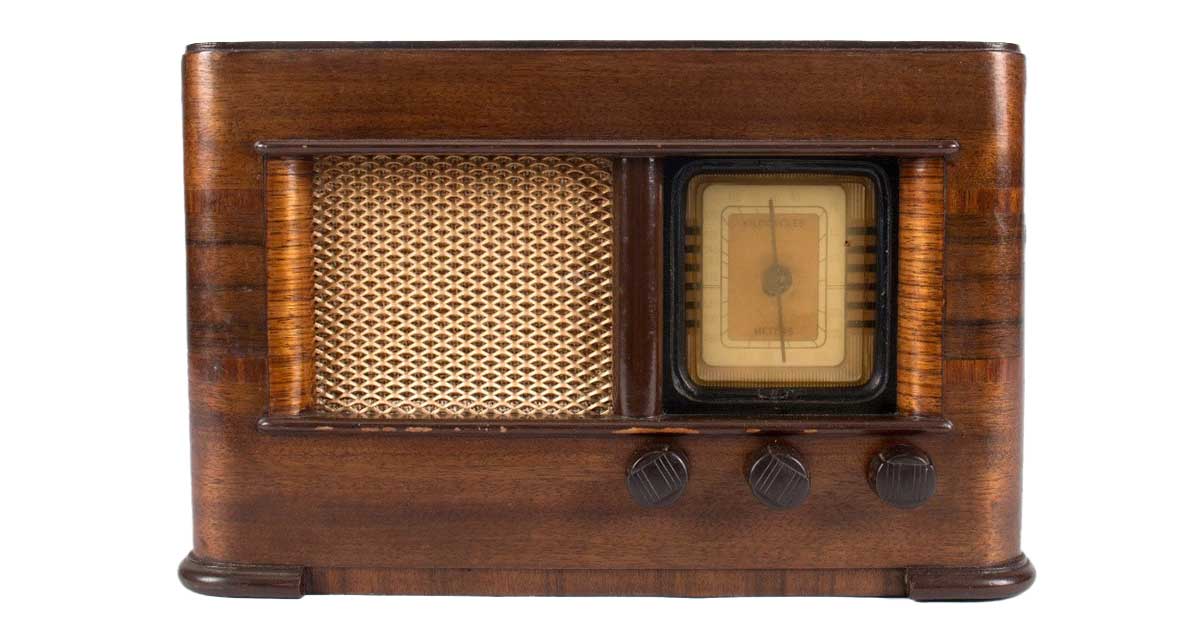
It was a period of boundless exuberance in the Western countries. Nothing seemed to be wrong with the world, and life was all fun and dance, at least for the upper and middle classes. New things were being discovered and new technologies were being harnessed. The art world too reflected the vibrancy and verve.
Such rapid and sweeping changes had not been known at any time in previous centuries. Just think. This was the period when the automobile industry, which had been a luxury product, became a mainstream business in America.
While great new inventions appeared on the streets and in the skies, equally exciting new products came knocking on people’s doors. What were seen as fabulous new inventions, which we look upon today as everyday things, entered homes during this period.
In American homes, and in European ones, new gadgets began to be used, reducing the burden of housework.
As more homes began to get connected to expanding electricity grids, a host of household appliances were invented, which could make use of electric power to do things in the house that had earlier been done manually.
The 1920s saw a surge in demand for electrical appliances that promised to make housework easier and more efficient. Washing machines, refrigerators, vacuum cleaners, and toasters became increasingly popular, transforming domestic life.
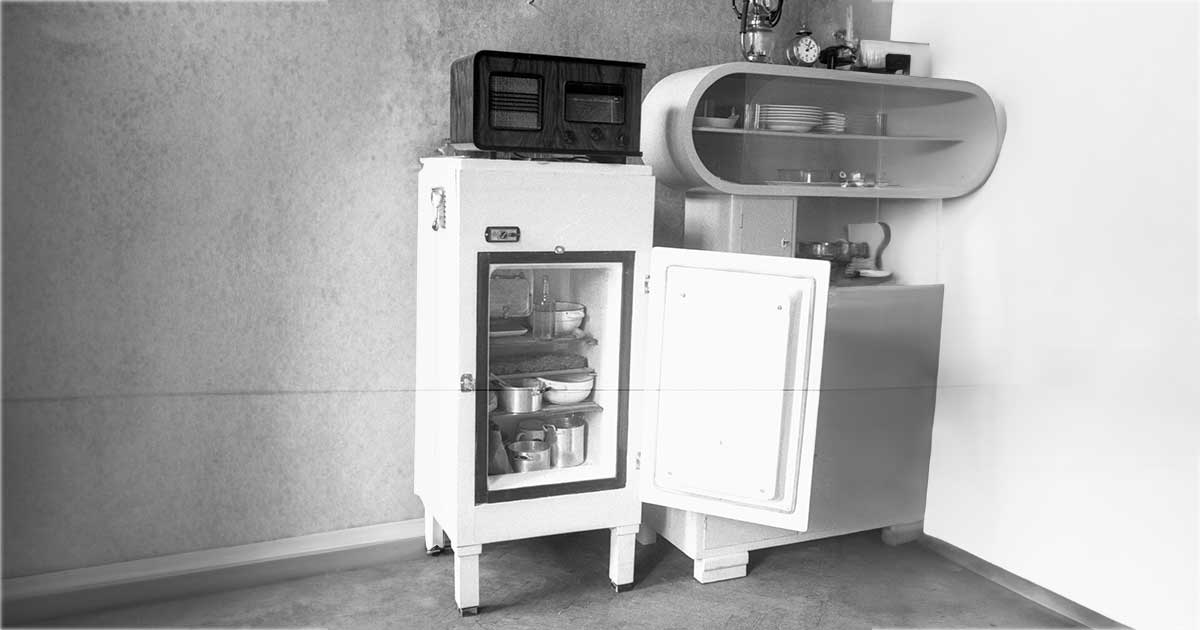
The electric refrigerator, for example, replaced the icebox, allowing for better food preservation and reducing food waste. Similarly, the washing machine made laundry chores more manageable for households. Other innovations included vacuum cleaners, electric stoves, and toasters, all of which contributed to increased convenience and efficiency in the home.
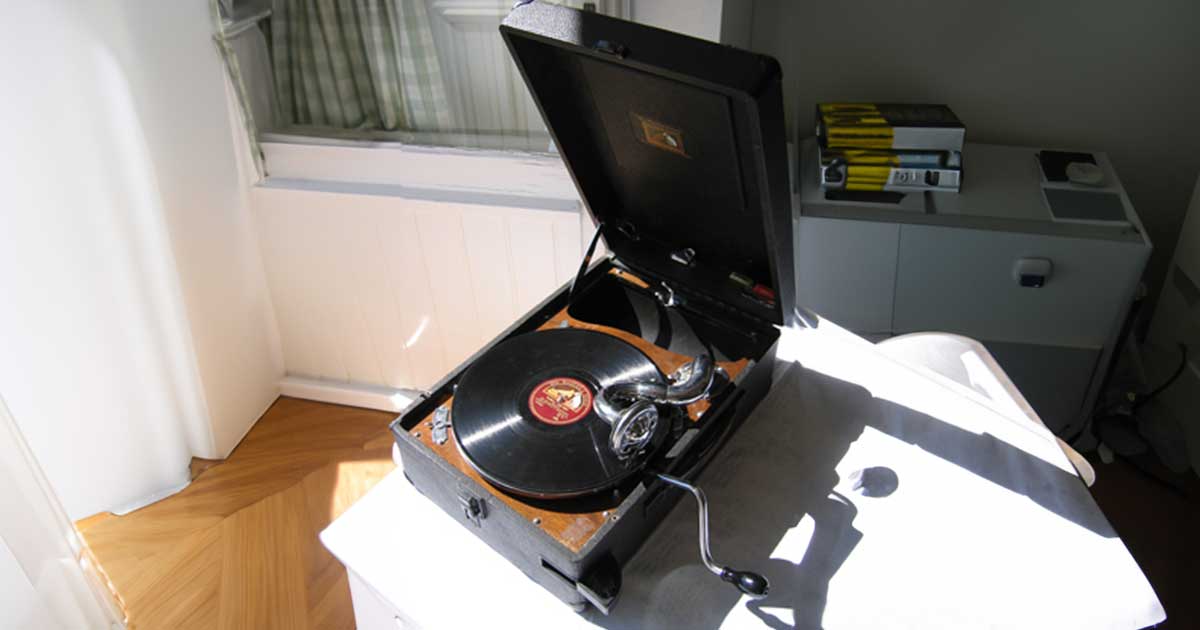
Companies like General Electric, Westinghouse, and Hoover capitalized on this trend, offering innovative and affordable models.
The proliferation of these appliances led to changes in the design and layout of homes, as kitchens became more functional and living spaces more comfortable. The electrification of households also had a transformative effect, making urban living more attractive and accessible.
The 1920s saw the emergence of consumer credit as a means of financing purchases, particularly for durable goods like automobiles and appliances. Installment buying became popular, allowing consumers to make small monthly payments rather than paying for items upfront. This facilitated greater access to consumer durables for a wider range of people.
Advertising played a pivotal role in promoting the consumer culture of the 1920s. Advertisers used persuasive techniques to create a desire for products, emphasizing their modernity, convenience, and status. Slogans like ‘Keeping up with the Joneses’ encouraged consumers to buy the latest items to maintain their social status and stay abreast of their neighbors.
Innovations in advertising included the use of radio commercials, colorful print advertisements, and celebrity endorsements. Advertising agencies like J. Walter Thompson and Leo Burnett gained prominence during this period for their creative and effective campaigns.
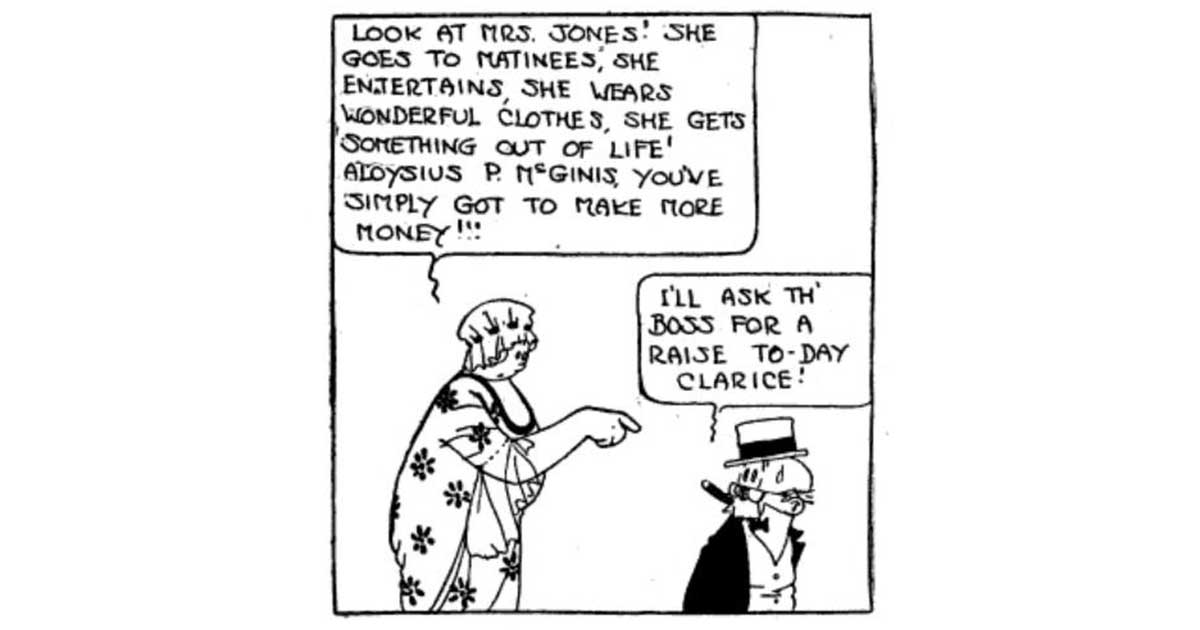
There were a host of other new trends during the 1920s, of which here are just a few:
Traffic lights
Imagine traffic back in the day: no lights, just police officers waving big signs to control cars and carriages! In 1868, London tried the first traffic "signals" outside Parliament, but they were like flags moved by hand.
In the early 1900s, different US states had different hand-operated light designs, sometimes with a whistle to warn people before switching. Then, in 1912, a policeman invented the first electric traffic light in Ohio!
By 1920, a police officer in Detroit created the first traffic light with three colors: red, green, and yellow for caution. These lights were automatic, and controlled by timers, which saved cities lots of money compared to paying police officers. New York City, for example, saved millions by replacing officers with these new traffic lights!
Band-Aid (1920)
Band-Aids were launched as a result of a man’s concern for his wife’s safety. Earle Dickson, an employee of Johnson & Johnson, would see his wife Josephine constantly cutting herself while cooking. So in 1920, he crafted the first adhesive bandage by combining gauze and surgical tape. That enabled Josephine to easily treat minor wounds all by herself.
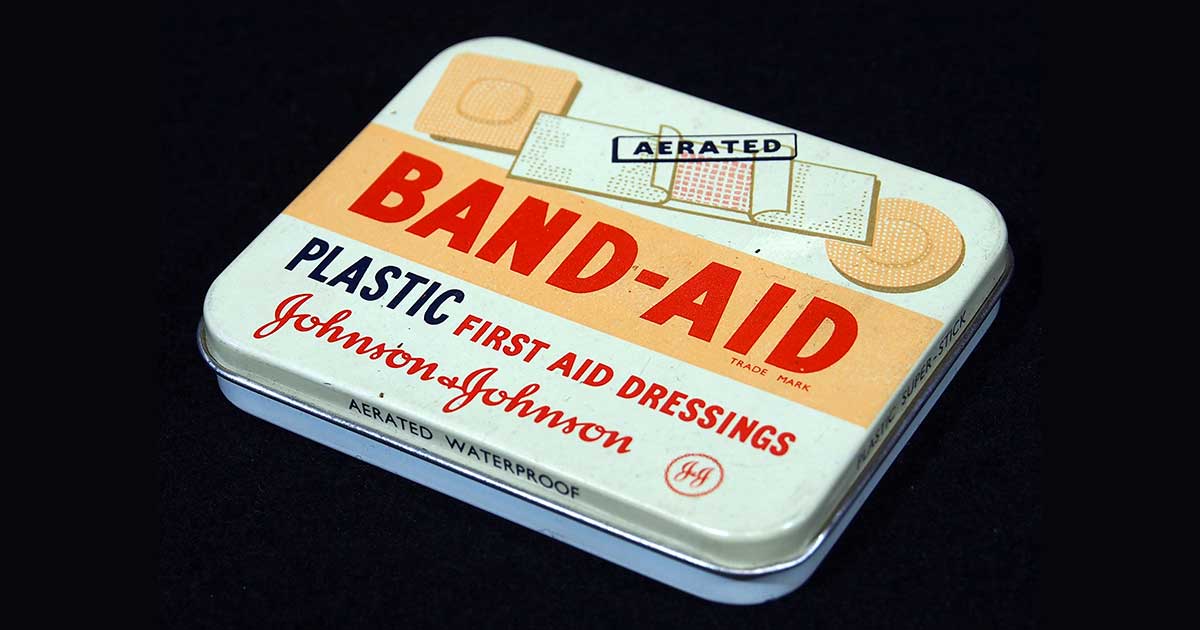
Dickson passed on the idea to his company, and the idea took off! Johnson & Johnson began selling pre-cut, individually wrapped bandages in 1924, naming them ‘Band-Aid’. Band-Aids were first made by hand, but soon became mass-produced, popular during the Second World War, when soldiers used many millions of them.
Hair-dryers (1920)
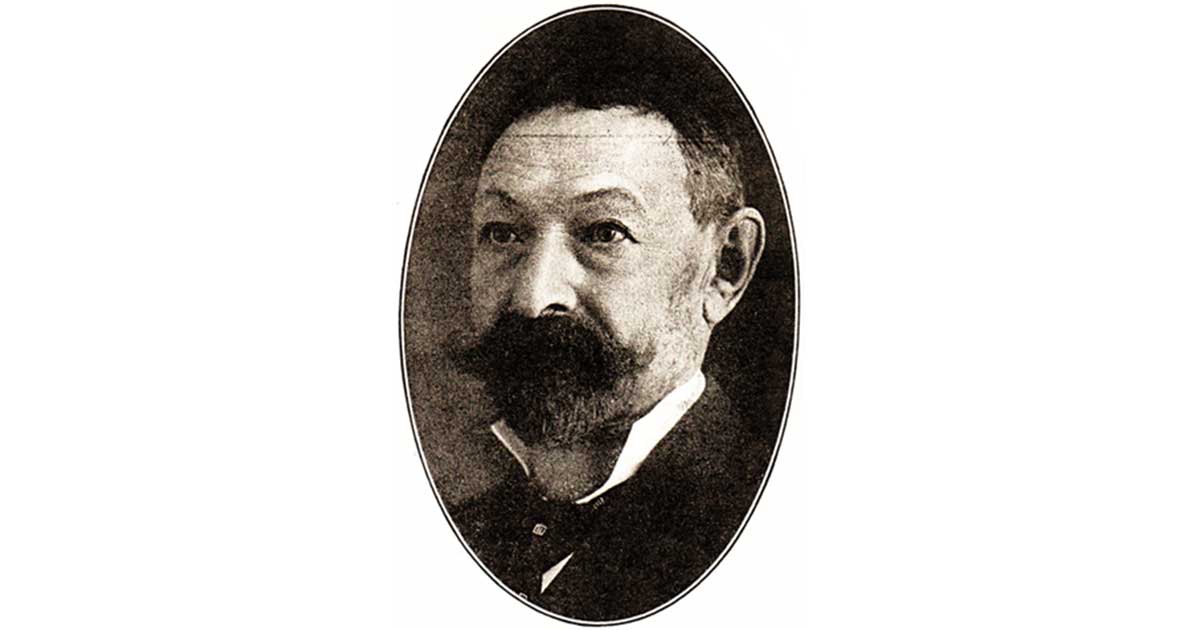
In the 1920s hairdryers were not entirely new. The first hairdryer was invented in 1888 by a French hairstylist named Alexandre Godefroy, whose machine was a large piece of equipment that seated a customer and had a hair-drying bonnet connected to a pipe leading from a gas stove. The equipment was not portable, nor could it be held in the hand; it required a person to sit under it.
Then, in 1911 an American inventor named Gabriel Kazanjian patented a blow dryer. After that handheld dryers entered the market around the year 1920, among the first of which was products made by National Stamping and Electricworks, and later the US Racine Universal Motor Company and the Hamilton Beach Co.; these dryers were small enough to be held by hand. But the 1920s dryers were heavy, weighing nearly a kilo, and were therefore difficult to use.
They had other problems; overheating and electrocution. In those days hairdryers could only work on 100 watts or power, and that increased the time needed for drying hair. Today’s average dryers can use up to 2000 watts.
They were also clumsy because the motors used to be outside the blower casing; that changed only in 1954 when GEC created a design with the motor inside the casing. Through the 1920s, hair dryer designs mainly attempted to increase the wattage – besides making some exterior design changes and using different materials, such as plastic.
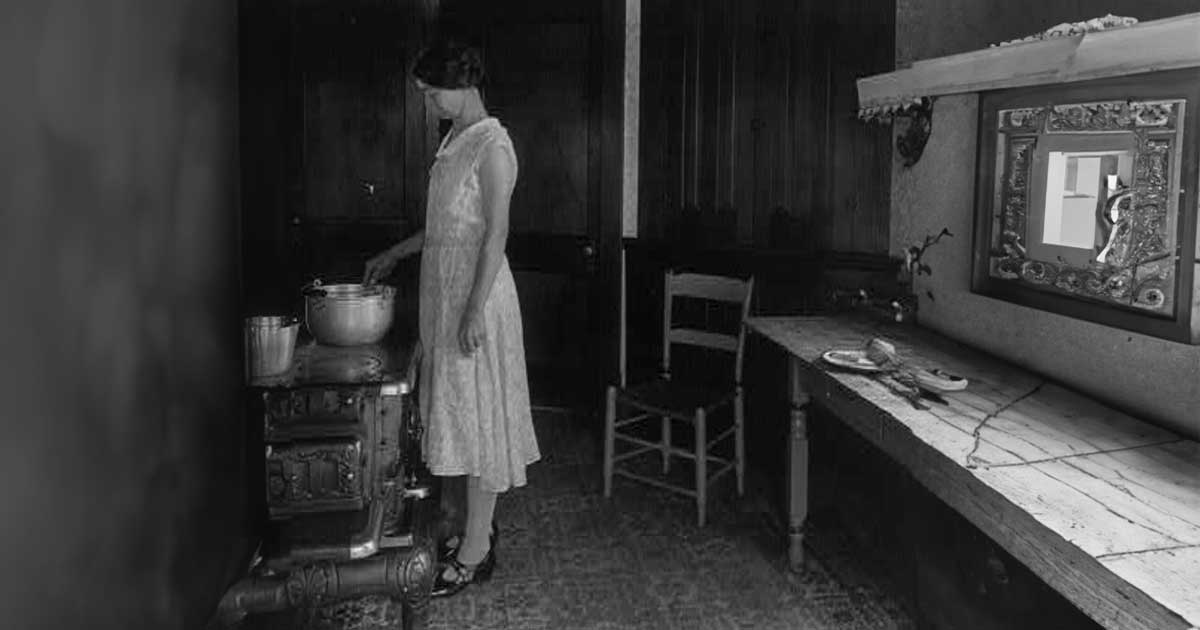
These are just some of the products that were launched in the 1920s and created much excitement. In the past nine to ten decades, some of these products have ceased to be used. Others have been transformed completely and do not resemble their original versions. Sometimes their functions are not dramatically different; only they look different, and some frills have been added.
-wiki.jpg)
The world moves on.
